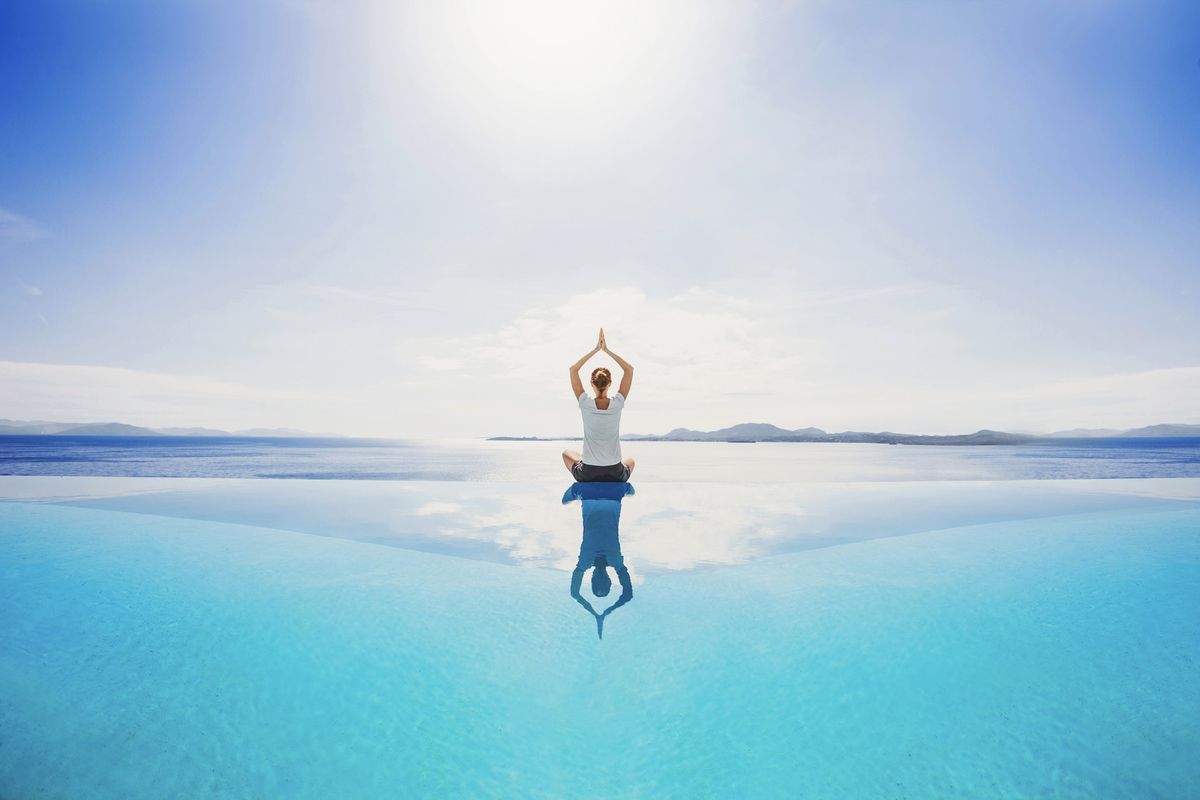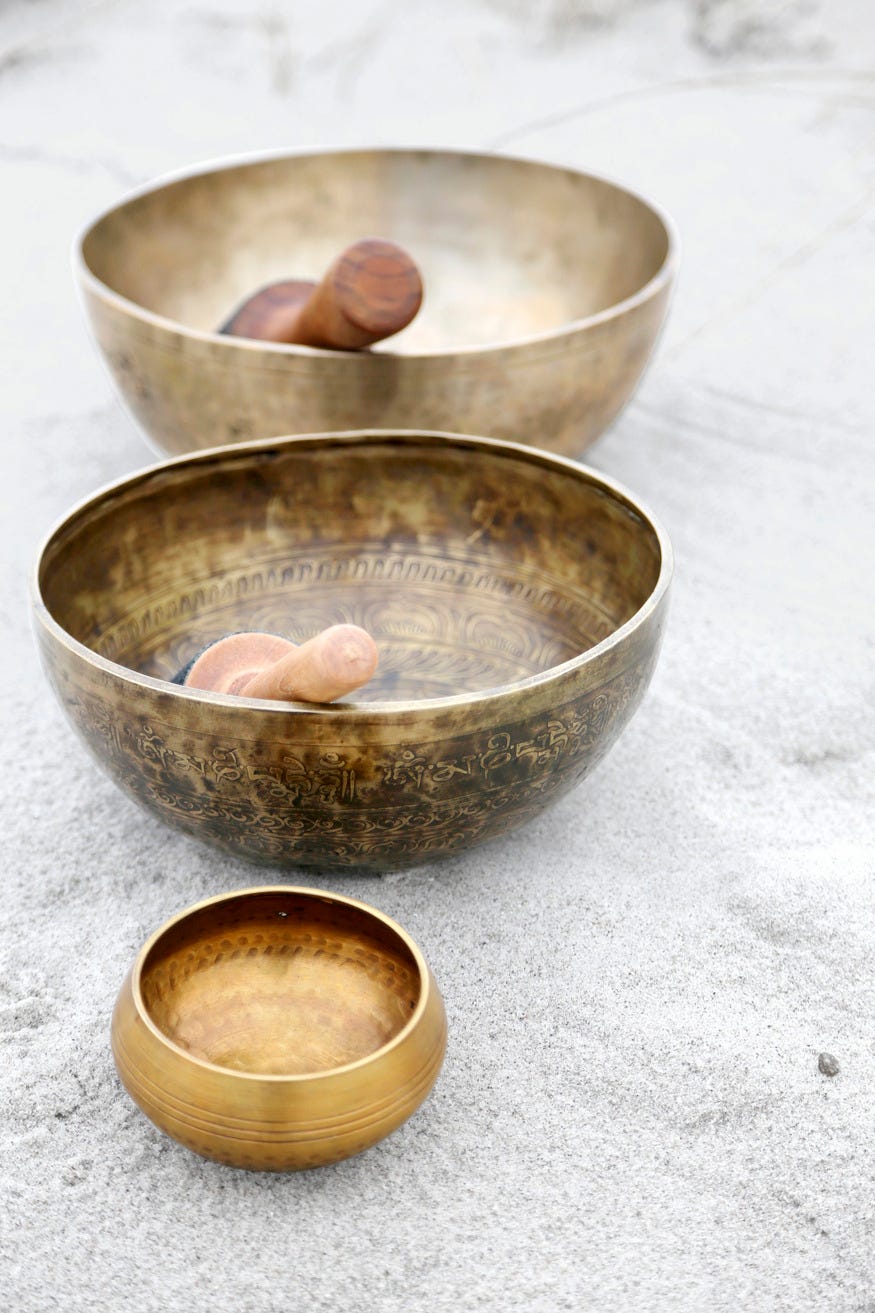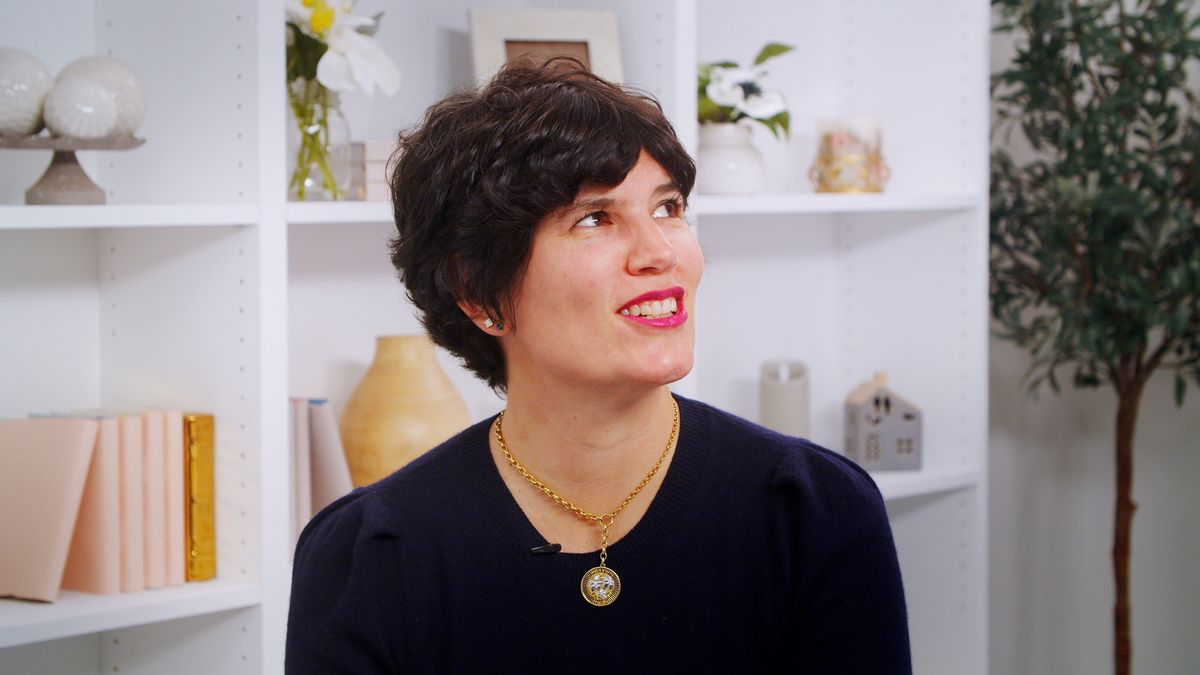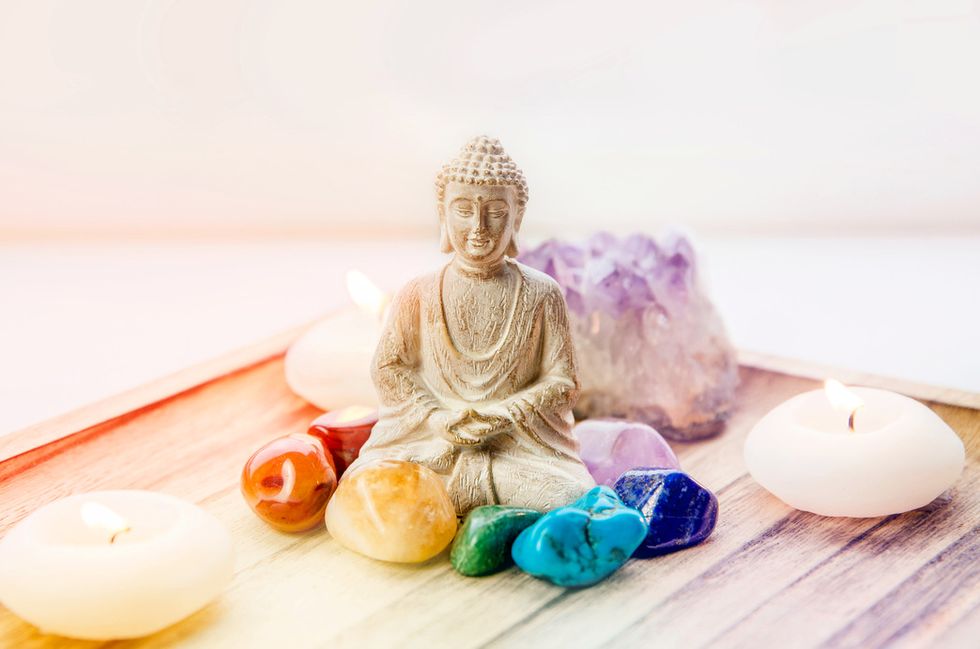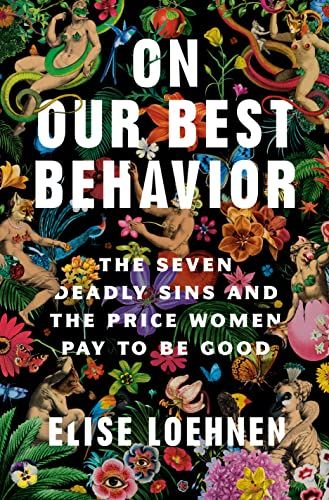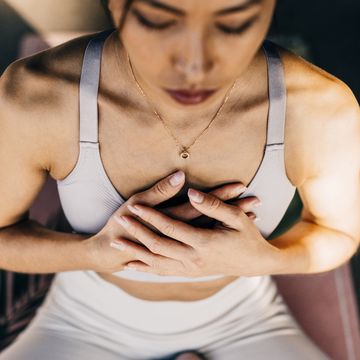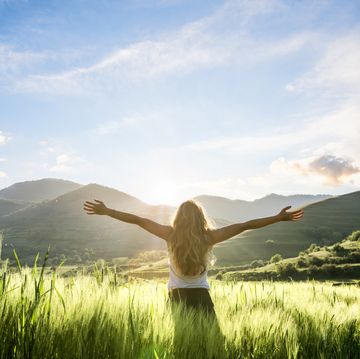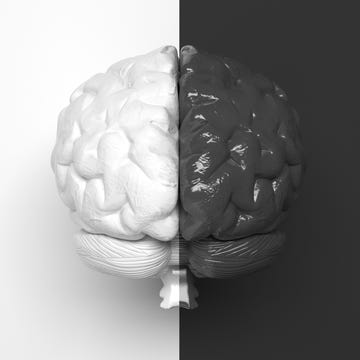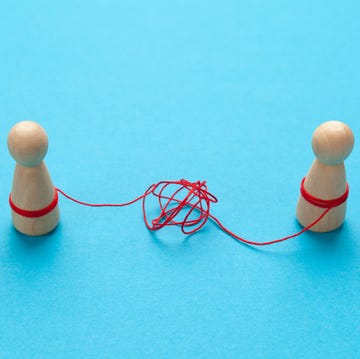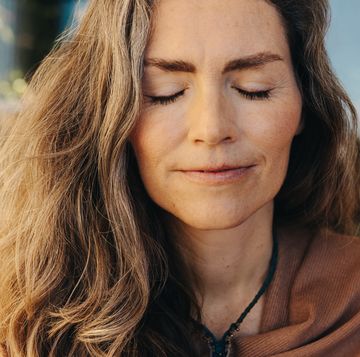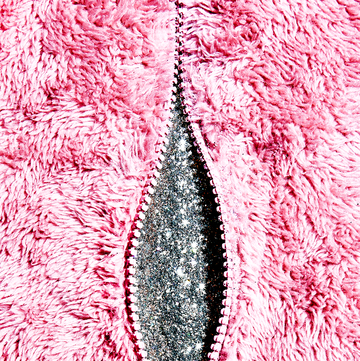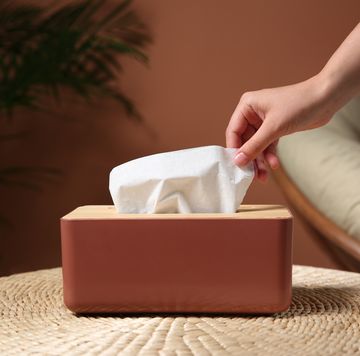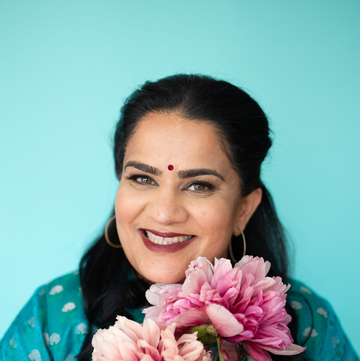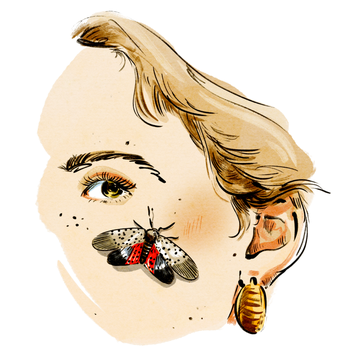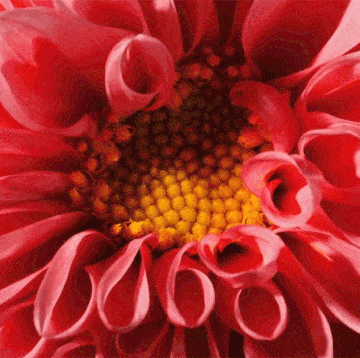As a child of the early ’80s, I remember doing Jane Fonda’s first-of-its-kind, dance-based workout in our living room. It was a double-sided vinyl record, with a companion book that had photographs for following along. “Whether you’re 15 or 50, with the help of this album and a little hard work, you can achieve a well-proportioned healthy body—not to mention the outward glow that comes from feeling good inside,” she promised. “Learn to understand and respect your body. It’s your temple. And remember, discipline is liberation!” I also remember the late-’80s invention of step aerobics. And I remember my mom making vegetarian dinners from the Moosewood Cookbook because she was worried about our hereditary high cholesterol.
I don’t remember ever hearing the word wellness, though.
Wellness, in its current form, blazed into the mainstream in the past two decades. Its core tenets in the West were basic: water, walking, whole foods. In the U.S., at least, it seemed to be an antidote to a sometimes paternalistic, often dismissive industrial health complex, steeped in medical jargon and a lack of interest in women, as well as symptoms not easily translated into a treatment plan. Western healthcare is excellent at acute interventions, less so at managing chronic illness (of those, autoimmune diseases affect more women than men). Wellness was a bid for autonomy, a way for individuals to take control of their own well-being and stick the landing in that space between perfect health and a diagnostic code. It’s a stunning and powerful idea.
We are meaning-making people, though, and we needed these principles to add up to something more than rudimentary health principles. Absent our own rituals and traditions, we borrowed from cultures around the globe: yoga, meditation, and Ayurveda from India; acupuncture, cupping, and gua sha from China and other Asian and African countries; Reiki and forest bathing from Japan; and most recently, plant medicine and shamanic journeying from Indigenous people across the world, many of whom have been displaced.
Each and every one of these components—even those that are supposed to be free (hello, water!)—have been commoditized and commercialized, packaged in the luxury veneer of the wellness industrial complex. We pay apps now to teach us how to breathe.
Capitalism is complicated: My acupuncturist is worth every dollar I pay her; I rely on supplements to fill nutritional gaps; I’d much rather spend money on a massage than a shirt. And wellness has brought significant gains. After I fell off a horse and broke my neck last summer, I had to smile when my neurosurgeon prescribed only a neck brace and meditation for rehabilitation. And I’m grateful that the conversation about healthcare has shifted to include exploring root causes and environmental impacts, rather than merely medicating symptoms away.
But by one estimate, wellness is now a $4.4 trillion global industry, expected to reach $7 trillion by 2025, dwarfing the global pharmaceutical industry. As someone who has spent her career focusing on wellness, I’m worried that even as it promised to bring health to everyone, the wellness industry is becoming inaccessible to most. The other deep irony of the wellness industry is that in teaching us how to be, we’re left with an awful lot to do. And much of this endless checklist requires buying things, tracking things, and myriad ways to otherwise fail in our wellness goals—we find ourselves on a treadmill of more, more, more with no clear destination. As Fonda barked so many decades ago: “Discipline is liberation!” I see discipline all around me. But liberation from what?
When I first bought a ring to track my biomarkers, several sleepless nights followed: I was so worried about “performing” my sleep, of doing it perfectly and hitting my markers, that my anxiety spiked and I woke up throughout the night to check the app. (Yes, I slept badly—and gave the ring away.) The other day, I met a preternaturally fit friend for lunch, only to notice a small saucer peeking out from her shirt sleeve.
“Are you okay? What’s going on?” I asked her, concerned.
“Oh, it’s just a continuous glucose monitor,” she replied.
“Have you been diagnosed with diabetes?” I pressed on.
“No, I just want to understand how I respond to different foods in case something is unexpectedly spiking my blood sugar.”
I mean...okay? Can we no longer allow for any mystery? There’s something pernicious and restrictive about planning every bite, tracking every step, and optimizing every decision. Besides holding ourselves to unreasonable standards of perfection, this feels like a disservice to the body’s manifold complexity and intelligence: Our bodies are designed for homeostasis, to return us to balance no matter how we may stray. Instead, we’re programming our minds to believe that we can and should have complete control over our bodies—and by extension, the world. If anything, I’ve learned that life is the opposite. Finding peace requires both allowing and embracing uncertainty. Peace requires relying on an inner knowing, a place we can only access through listening to ourselves, not through studying our stats.
Peace also requires resilience, a sense of equanimity and calm in the face of life’s many twists and turns. Many of those who are “well” are not satisfied with a clean bill of health, wondering what can, and eventually will, go wrong. Fear of disease becomes a haunting, something to stave off relentlessly. But in biohacking our way to longevity, are we not wasting our opportunity to really live? As I’ve watched the wellness landscape evolve, as I’ve seen new healing arts plucked from corners of the globe for their promise and novelty, as I’ve watched friends become increasingly consumed by their metrics and markers, I’ve often wondered what this whole enterprise is about.
I believe that our quest for wellness is not actually about health at all. I think we’re on a hunt for wholeness, a word and concept I very much prefer. Many of the trappings of wellness live within this larger construct—there’s no need to burn it all down—but a shift is required before we burn ourselves out in an endless quest for self-optimization. The promise of wholeness is quite beautiful, precisely because its fulfillment does not live out there. Wholeness is something only we can adjudicate—there are no exterior standards to validate this achievement, no one to tell us we’ve arrived, that we’re done, that we look “whole.” There’s no prescribed checklist. Wholeness is an interior sense of feeling in integrity, of feeling complete.
Rachel Naomi Remen, a physician, therapist, and author of Kitchen Table Wisdom, writes: “Wholeness is never lost, it is only forgotten. Integrity rarely means that we need to add something to ourselves: It is more an undoing than a doing, a freeing ourselves from beliefs we have about who we are and ways we have been persuaded to ‘fix’ ourselves to know who we genuinely are. Even after many years of seeing, thinking, and living one way, we are able to reach past all that to claim our integrity and live in a way we may never have expected to live.”
There is something sacred and divine about wholeness, a mystical quality and context that’s largely been stripped from wellness, even though so many of its appropriated rites and rituals are holy in origin. I recently interviewed Thosh Collins and Chelsey Luger, cofounders of Well for Culture, an organization focused on revitalizing Indigenous wellness. They were careful to distinguish “Indigenous wellness” from the wellness industry as a whole, asserting that Indigenous wellness is as ancient as the lineage of their respective tribal nations. In their book, The Seven Circles, they offer a model of Indigenous wellness that includes food, movement, sleep, ceremony, sacred space, land, and community, arguing that spiritual energy animates each component. When he runs, Thosh explains, it’s not only about fitness or improving his mile time. It’s a spiritual act. It’s a practice of gratitude for his body, an action that connects him with his ancestors. He believes that an individual act of healing and connection is healing for all. As they write, “When viewed through the Indigenous lens, health and wellness can become so much more than an extracurricular activity or a method of fixing oneself.” Collins and Luger believe wellness is a sacred task: “The ultimate mark of health and wellness will be a return to balance, reciprocity, and respect for plant life, animal life, the elements, and the earth.” This expanded view feels like wholeness to me—a complete context that’s much larger and more meaningful than achieving ketosis.
If anything, rather than ketosis, wholeness requires kenosis, a word whose etymology is “an emptying” (in Greek): to put aside one’s ego to allow something bigger to emerge; to move past self-obsession and self-optimization to reconcile our relationship to the collective and the planet instead. It requires owning rather than denying our humanity, of choosing to see the world with love and allowance, rather than as something to dominate and control. It requires compassion—to ourselves and others—even when illness invariably comes our way. Once whole, we cannot be broken; once whole, there’s nothing missing, nothing to fix.
Forty-odd years ago, Jane Fonda reminded us all that our bodies are temples. In many ways, she was right. Our bodies are the mechanism by which we contact, experience, and metabolize the world. They house our divinity, the innate goodness baked into each of us, which connects us to all living things. Really being in our bodies and experiencing life fully requires opening ourselves up, not tamping ourselves down. Really being in our bodies requires moving past abstention and self-denial to a place of listening and allowance instead. Really being in our bodies requires shifting our attention from how we look to how we feel. This is the liberation that Fonda promised—and it brings freedom and relief. We don’t get there by outsourcing our decision-making to others, whether they be healers or heart-rate monitors; we get to that place of wholeness through reconnecting to the innate intelligence inside each of us. Only then can we recognize we already have everything we need, that we’re already there.
Elise Loehnen is the author of On Our Best Behavior (available to preorder) and the host of the Pulling the Thread podcast.

Elise Loehnen is the author of On Our Best Behavior (available to preorder) and the host of the Pulling the Thread podcast.
